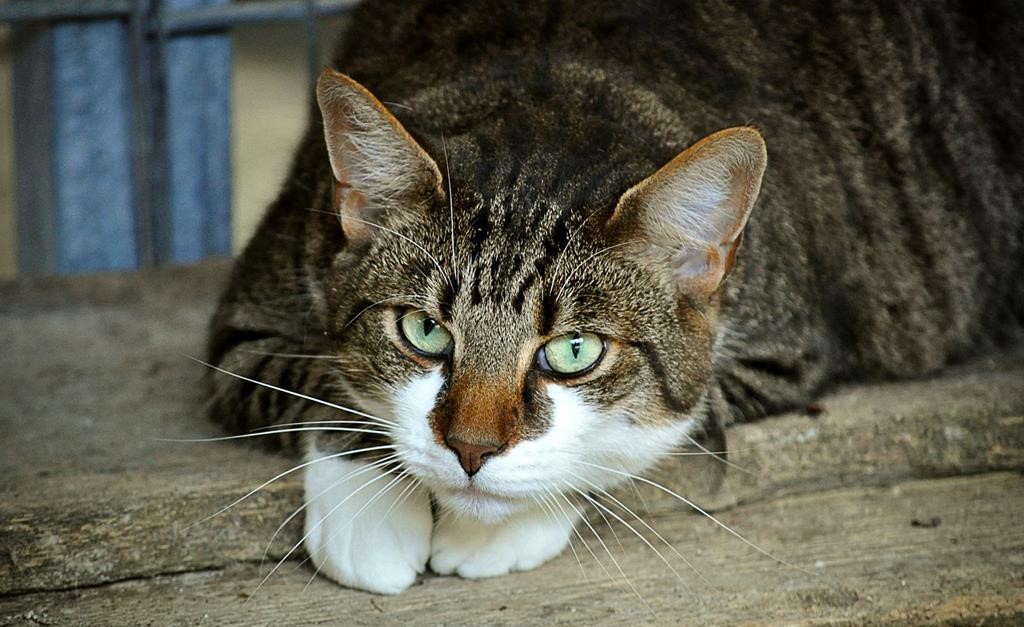In the bustling urban landscapes where concrete meets greenery, a particular kind of feline resident thrives – the alley cat. These cats, often referred to as “alley cats,” are an integral part of the urban ecosystem, embodying the complex relationship between humans, animals, and the environment. Their lives are a microcosm of the challenges, coexistence, and compassion that define modern cityscapes.
About Alley Cats
Origins and Identities:
The term “alley cat” conjures images of tough, street-smart felines navigating the labyrinthine alleys and corners of cities. While they may have once been domesticated or even abandoned pets, alley cats adapt to their urban environment with remarkable resilience. Over time, they develop distinct identities shaped by their surroundings and interactions with other cats and humans.
Coexistence and Challenges:
Alley cats are emblematic of the coexistence between wildlife and human civilization. They play a role in controlling rodent populations, inadvertently serving as nature’s pest control. However, this role also places them in proximity to humans who might both appreciate their services and worry about their presence near homes and businesses.
Struggle for Survival:
Life as an alley cat is far from idyllic. These felines often face challenges such as finding food, securing shelter, avoiding dangers like traffic and predators, and navigating the elements. Their lives can be a delicate balance between seeking sustenance and staying out of harm’s way.
Human-Alley Cat Interactions:
The relationship between humans and alley cats is multifaceted. Some individuals provide food and even shelter to these cats, forming connections that transcend the typical pet-owner dynamic. However, others view them as nuisances, associating them with property damage, noise, and potential health risks.

Community Efforts and Care:
In many urban areas, individuals, organizations, and local governments are recognizing the need to address the alley cat population in humane and effective ways. Trap-Neuter-Return (TNR) programs have gained traction as a method to manage these feline communities. TNR involves trapping cats, spaying or neutering them, and then returning them to their territories. This approach stabilizes populations, reduces mating behaviors, and promotes healthier lives for the cats.
The Compassionate Approach:
Compassion lies at the heart of discussions about alley cats. Advocates argue that these cats, although wild, deserve humane treatment and responsible management. Programs that provide food, water, shelter, and medical care while respecting their autonomy align with this compassionate ethos.
Education and Awareness:
Raising awareness about alley cats and the importance of responsible coexistence is crucial. Educating communities about TNR programs, proper waste disposal, and the role these cats play in the ecosystem fosters empathy and encourages positive interactions.
A Window into Urban Ecology:
Alley cats offer a unique lens through which to observe the urban ecosystem. Their presence highlights the interconnectedness of all life forms within city limits. Understanding their behavior, impact, and adaptation provides valuable insights into the delicate balance between nature and urbanization.
FAQ: About Alley Cats
1. What are alley cats?
Alley cats, often known as community cats or feral cats, are domesticated cats that have adapted to living outdoors in urban environments. They navigate city streets, alleys, and neighborhoods, often in close proximity to human habitation.
2. How do alley cats survive in urban environments?
Alley cats rely on their instincts and resourcefulness to survive. They may hunt for food, scavenge for scraps, and find shelter in hidden spots, abandoned buildings, or makeshift shelters.
3. Are alley cats the same as stray cats?
Alley cats and stray cats share similarities but have distinct characteristics. Stray cats may have once been pets but have become lost or abandoned, while alley cats are typically born and raised outdoors, with limited human interaction.
4. Are alley cats a threat to public health?
Alley cats are not inherently a significant threat to public health. However, like all animals, they can carry diseases. It’s important to manage their populations responsibly through programs like Trap-Neuter-Return (TNR) to address concerns about disease transmission.
5. What is Trap-Neuter-Return (TNR)?
TNR is a humane method of managing alley cat populations. Cats are trapped, spayed or neutered to prevent further breeding, and then returned to their original locations. TNR stabilizes populations and promotes healthier lives for the cats.
6. How can I help alley cats in my community?
You can help alley cats by supporting local TNR programs, providing food and water in a responsible manner, and advocating for responsible coexistence. Educating others about alley cat management and the importance of compassion can also make a positive impact.
7. Are alley cats adoptable as pets?
While some alley cats may be socialized and able to transition to indoor life, many have adapted to outdoor living and may not thrive as pets. Some organizations work to socialize and adopt out friendly alley cats, but it requires careful consideration of their individual needs and behaviors.
Conclusion:
In conclusion, alley cats represent a captivating chapter in the story of urban life. They are both enigmatic survivors and symbols of the intricate dynamics that shape cities. As discussions around responsible coexistence evolve, so does the narrative of alley cats, reflecting the ongoing journey towards harmonizing human, animal, and environmental needs in the modern world.



